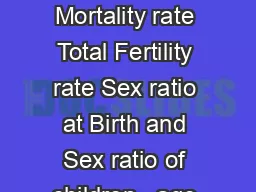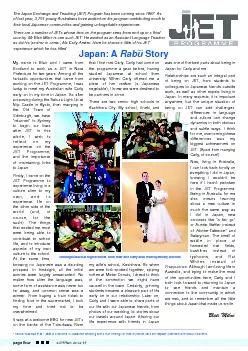PPT-Why is the Birth Rate in Japan so Low and What Can Be Done?
Author : calandra-battersby | Published Date : 2016-03-30
Group 4 Fu Wen Chen amp Chun Yao Chiu 20150806 DEFINITION Birth Rate the number of live births per thousand of population per year DEFINITIONTotal Fertility Rate
Presentation Embed Code
Download Presentation
Download Presentation The PPT/PDF document "Why is the Birth Rate in Japan so Low an..." is the property of its rightful owner. Permission is granted to download and print the materials on this website for personal, non-commercial use only, and to display it on your personal computer provided you do not modify the materials and that you retain all copyright notices contained in the materials. By downloading content from our website, you accept the terms of this agreement.
Why is the Birth Rate in Japan so Low and What Can Be Done?: Transcript
Download Rules Of Document
"Why is the Birth Rate in Japan so Low and What Can Be Done?"The content belongs to its owner. You may download and print it for personal use, without modification, and keep all copyright notices. By downloading, you agree to these terms.
Related Documents














